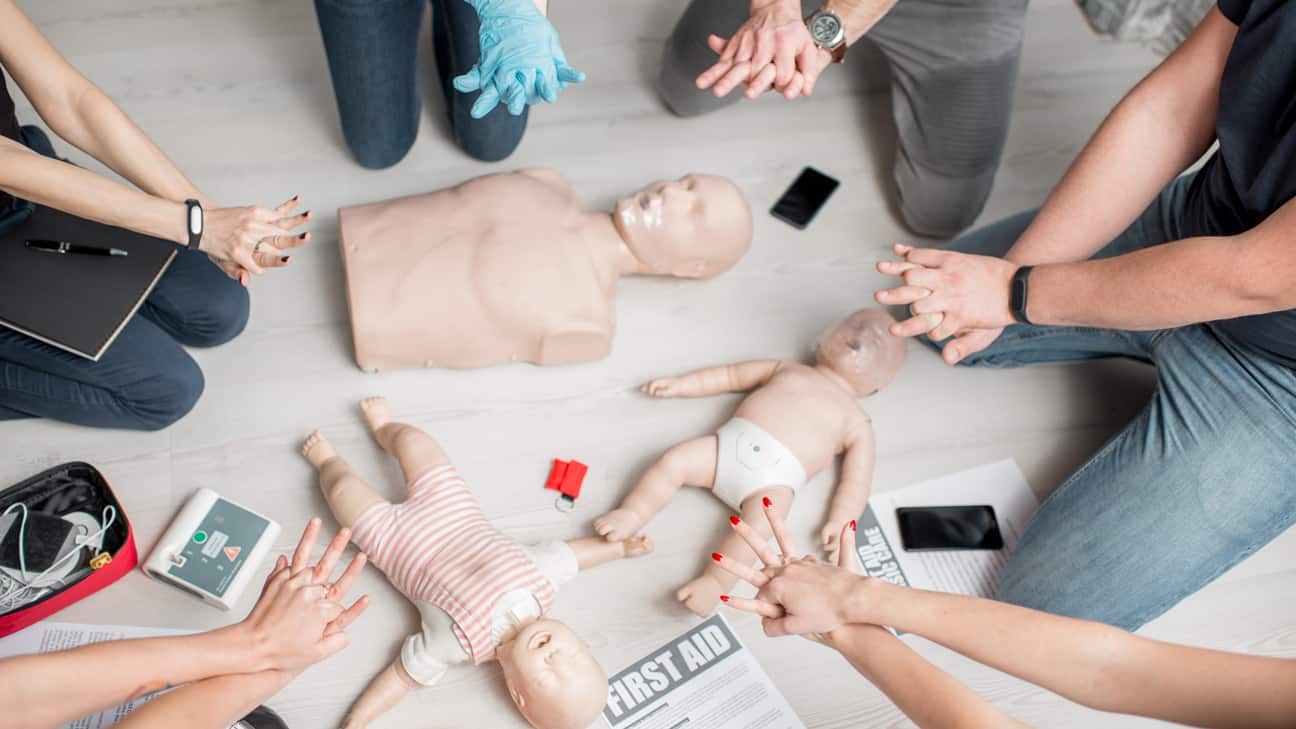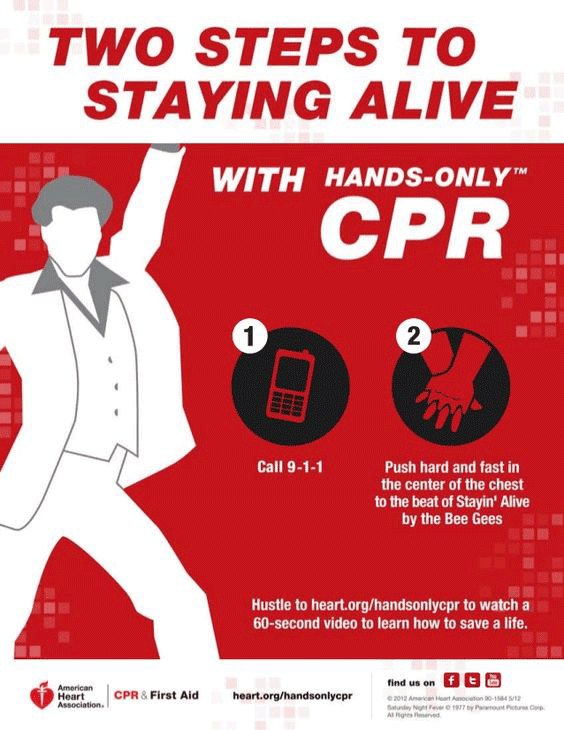
When seconds matter, CPR could save a life
Published September 1, 2023By Chris Jennings
In one year alone, 436,000 Americans die from cardiac arrest. More than 350,000 cardiac arrests happen outside of a hospital each year. About 9 in 10 of those people die, according to the American Heart Association (AHA).
Many of these people could be saved with cardiopulmonary resuscitation (CPR). However, CPR is often not performed due to no witnesses, or those who do see it happen are unfamiliar with CPR.
When a person’s heart stops beating, they are in cardiac arrest. During cardiac arrest, the heart can’t pump blood to the rest of the body, including the brain and lungs.
By performing CPR, you’re using chest compressions to mimic how the heart pumps, getting blood flow to the parts of the body that need it to survive. Without these chest compressions, death can occur within minutes.
Trevor Vasquez, with the Choctaw Nation Police, recently experienced this firsthand. He received a call saying an unresponsive female was at the Latimer County Sheriff’s office. “When we arrived, a male had brought his fiancée up to the sheriff’s office because she complained of difficulty breathing,” said Vasquez.
The woman’s fiancée had tried to call EMS, but since they were in a rural area, it would take more time than he thought she had before they got there. That’s when he decided to drive her himself.
Vasquez said she was no longer breathing when he arrived on the scene. That’s when they jumped into action, relying on past training. “Myself, Wilburton police officer Hunter Donnelly and deputy Blake Surgeon removed her from the truck and took her inside the sheriff’s office. I started chest compressions, and the Wilburton PD officer had one of the bags to give breaths. We did that until EMS arrived,” said Vasquez.
Timing is the most important thing when it comes to giving CPR. Vasquez says he’s had a few calls like this and has performed CPR four or five times, but never successfully because, by the time they get the call and get there, it’s too late.
According to the AHA, for every minute CPR is delayed, a victim’s chance of survival decreases by 10%. Immediate CPR from someone nearby could double or triple their chances of survival.
Knowing the difference between a heart attack and cardiac arrest is important. A heart attack happens when blood flow to the heart is blocked. A person having a heart attack is still talking and breathing. This person does not need CPR, but they need to get to the hospital immediately. A heart attack increases the risk of cardiac arrest, though.
Signs that someone may be in cardiac arrest are:
- They collapse suddenly and lose consciousness (pass out).
- They are not breathing or are gasping for air.
- They don’t respond to shouting or shaking.
- They don’t have a pulse.
While training is available through several resources, it’s not necessary to perform CPR. The Centers for Disease Control and Prevention (CDC) recommends following these steps if you see someone in cardiac arrest.
Call 911 right away. If another bystander is nearby, save time by asking that person to call 9-1-1 and look for an automated external defibrillator (AED) while you begin CPR. AEDs are portable machines that can electrically shock the heart and cause it to start beating again.
Give CPR. Push down hard and fast in the center of the chest at a rate of 100 to 120 pushes a minute. Let the chest come back up to its normal position after each push. The American Heart Association (AHA) recommends timing your pushes to the beat of the song “Stayin’ Alive.” This method of CPR is called “hands-only” and does not involve breathing into the person’s mouth.
Continue giving CPR until medical professionals arrive or until a person with formal CPR training can take over.
Vasquez stressed the importance of performing CPR. “For us, in this kind of rural county, it’s going to take us 10 to 15 minutes to get to a location. So, if somebody has just the basic training in CPR, they could start on a friend or a loved one; they can buy us a lot of time to get there,” he said.
More information on cardiac arrest and CPR. Watch a 90-second video on how to do hands-only CPR.


